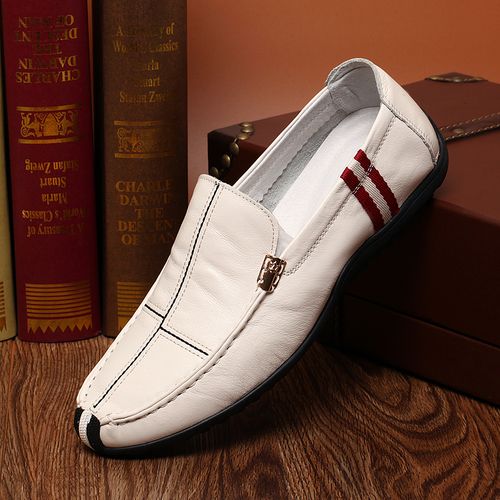
Master PU shoe last customization with this step-by-step guide. Learn material selection, design optimization, and cost-effective strategies for scalable footwear manufacturing.
—
Introduction
The global footwear industry relies on PU shoe last customization to achieve precision, durability, and design consistency. As a critical mold in shoemaking, PU lasts determine the fit, comfort, and aesthetics of the final product. For brands and manufacturers, partnering with specialized factories ensures tailored solutions that align with product specifications and market demands. This guide explores the technical aspects, cost factors, and best practices for optimizing PU shoe last production.
—
Why Custom PU Shoe Lasts Matter in Footwear Manufacturing
1. Enhanced Design Accuracy
PU lasts enable:
– Exact replication of complex geometries (e.g., contoured midsoles, ergonomic toe boxes).
– Material flexibility: Compatibility with EVA, rubber, or TPU outsoles.
– Iterative testing: Quick adjustments via CNC machining or 3D printing.
2. Cost Efficiency at Scale
Custom PU lasts reduce long-term costs by:
– Eliminating material waste through precise mold design.
– Extending tool lifespan with durable thermoset PU resins.
– Enabling bulk production runs (≥1,000 pairs).
3. Sustainability Advantages
Eco-conscious factories use:
– Recycled PU resins to lower carbon footprints.
– Non-toxic additives compliant with REACH and RoHS standards.
—
Step-by-Step Process for Custom PU Shoe Last Production
Phase 1: Design & Prototyping
– Submit requirements:
– CAD files or 3D scans of target footwear.
– Material specifications (e.g., hardness range: Shore A 60–80).
– Target market standards (e.g., EU size charts, ASTM F1812).
– Factory role:
– Optimize designs for moldability using CAE simulations.
– Produce 3D-printed prototypes for fit validation (lead time: 3–5 days).
Phase 2: Material Selection & Tooling
– PU resin types:
– Flexible PU: For cushioned midsoles (density: 0.4–0.6 g/cm³).
– Rigid PU: For structural toe caps (density: 1.2–1.5 g/cm³).
– CNC machining: Precision milling to ±0.05mm tolerances.
Phase 3: Production & Quality Assurance
– Mold curing: Thermal treatment at 80–120°C for 24–48 hours.
– QC protocols:
– Dimensional checks: Calibrated CMM machines.
– Aging tests: Simulate 1,000+ wear cycles for durability.
– AQL 2.5 sampling: Random checks during mass production.
—
Key Challenges & Technical Solutions
Challenge 1: Design Complexity vs. Tooling Costs
– Solution: Use modular designs with interchangeable components (e.g., snap-fit heels).
Challenge 2: Material Shrinkage
– Solution: Optimize injection molding parameters (e.g., pressure: 80–120 MPa; temperature: 180–220°C).
Challenge 3: Sizing Consistency
– Solution: Integrate 3D foot scanning data into mold design.
—
Cost Breakdown & ROI Optimization
Component Cost Range CostSaving Strategies
Design & Prototyping $500–$2,000 per model Reuse molds for seasonal variants
PU Resin $3–$8 per kg Bulk purchasing reduces unit cost
CNC Machining $200–$600 per mold Opt for multicavity molds*
Shipping (FOB) $1.5–$4 per pair Consolidate orders for LCL shipping
*Multi-cavity molds reduce per-unit tooling costs by 30–50% for high-volume orders.*
—
FAQs: Custom PU Shoe Last Production
Q: What’s the lead time for a new mold?
A: Standard molds take 7–12 weeks, including prototyping and QC. Rush orders incur +20% fees.
Q: Can I modify an existing mold?
A: Yes, minor adjustments (e.g., tread pattern tweaks) cost $100–$500 per iteration.
Q: How to ensure mold longevity?
A: Use high-grade H13 steel molds and avoid extreme temperatures during storage.
—
Conclusion
Custom PU shoe last production combines advanced engineering with scalable manufacturing practices, enabling brands to deliver precision-fit footwear at competitive prices. By prioritizing factories with ISO-certified processes, transparent pricing, and rapid prototyping capabilities, businesses can streamline R&D cycles and strengthen market positioning. Start by sharing your CAD specifications with verified manufacturers to accelerate development.
—
SEO Optimization Strategy:
– Primary Keywords: “custom PU shoe lasts,” “PU shoe last customization,” “shoe last manufacturing process”
– Secondary Keywords: “thermoset PU molds,” “OEM shoe last supplier,” “sustainable PU footwear production”
– Semantic Variations: Terms like “shoe last design guide,” “PU mold tolerance standards,” “custom orthopedic shoe lasts” align with buyer intent.
– Internal Linking: Connect to related guides (e.g., “How to Choose Footwear Material Suppliers”).
– Content Refresh**: Update technical parameters annually to reflect industry advancements.
This structure enhances search visibility for industrial queries while positioning your factory as a technical authority in custom footwear manufacturing.
Article link:https://www.vlefooena.com/manufacturer/3663/

No reply content